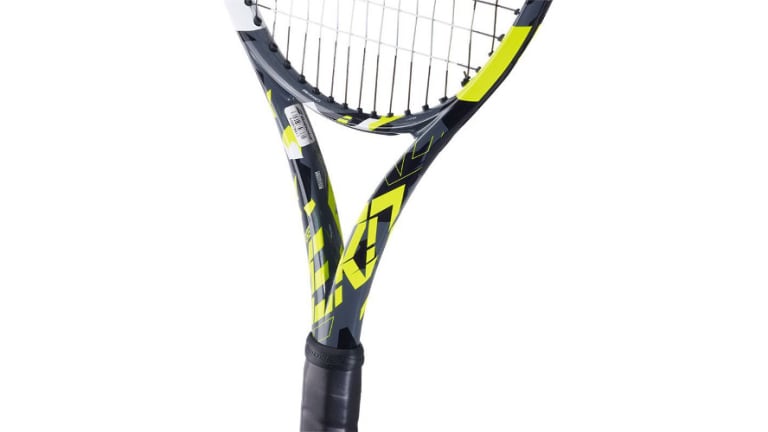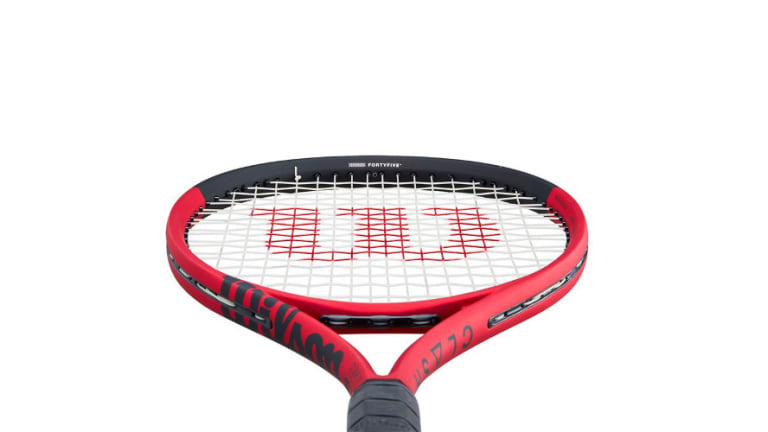Buying a new racquet is a significant investment of time and treasure. With no shortage of worthy options available, it can be difficult to know where to begin. That’s why it pays to narrow the list to models suitable to your station in the game. Whether beginner, advanced or somewhere in between, racquets are designed with an intended audience. Here are the important specs that can help determine if a racquet is right for you.
Weight
A racquet’s weight is one of its most recognizable and influential factors. Heavier racquets are meant for advanced play where their added stability and power can handle faster ball speeds. The extra mass can also make them more challenging to maneuver, requiring proficient strokes. Lighter racquets forfeit some stability, but are easier to accelerate which can help create pace and depth on shots with less effort.
In recent years, the dividing line between what’s considered light and heavy seems to have be drawn at 300g/10.5 oz. Frames at that weight hit the sweet spot of the popular, mid-weight tweener category—racquets that combine user-friendliness of a game improvement model with some of the playability of a player’s frame. Once the weight climbs to 305g/10.7 oz. and above, the racquet is designed for more accomplished players. On the other hand, as weights decrease, the ability levels migrate from intermediate down to beginners.
Head Size
Just as 300 grams has become par for weight, 100 square inches carries that distinction for head size. The two specs are quite often a package deal. A smaller head size naturally means less hitting surface, making it more challenging to center the ball and hit it cleanly. The upside is heightened control and a more predictable response. A 95 square-inch head is about as small as current frames are sold.
Bigger head sizes go up to around 110 square inches. They’re attractive to newer players as they offer larger hitting areas, have bigger sweet spots with more margin for error, and are often quite light. The string spacing is naturally wider, which can help produce easier pace and spin. The price for the additional size is lessened command over shots.
Advanced Player’s Frames
Head Radical Pro 2023
Wilson Pro Staff 97 v14
Yonex Percept 97D
String Pattern
When describing a frame’s string pattern, the first number represents the mains (vertical) followed by the crosses (horizontal). The most popular configuration is 16x19, which gives the racquet a nice balance of power, spin and control. 18x20 is another well-liked pattern, with its added strings and tighter spacing resulting in less string movement and recoil. They’re attractive to higher-caliber players who seek greater predictability and precision. There are other less common options, such as 18x19 and 16x20, that somewhat split the difference for a best of both worlds.


